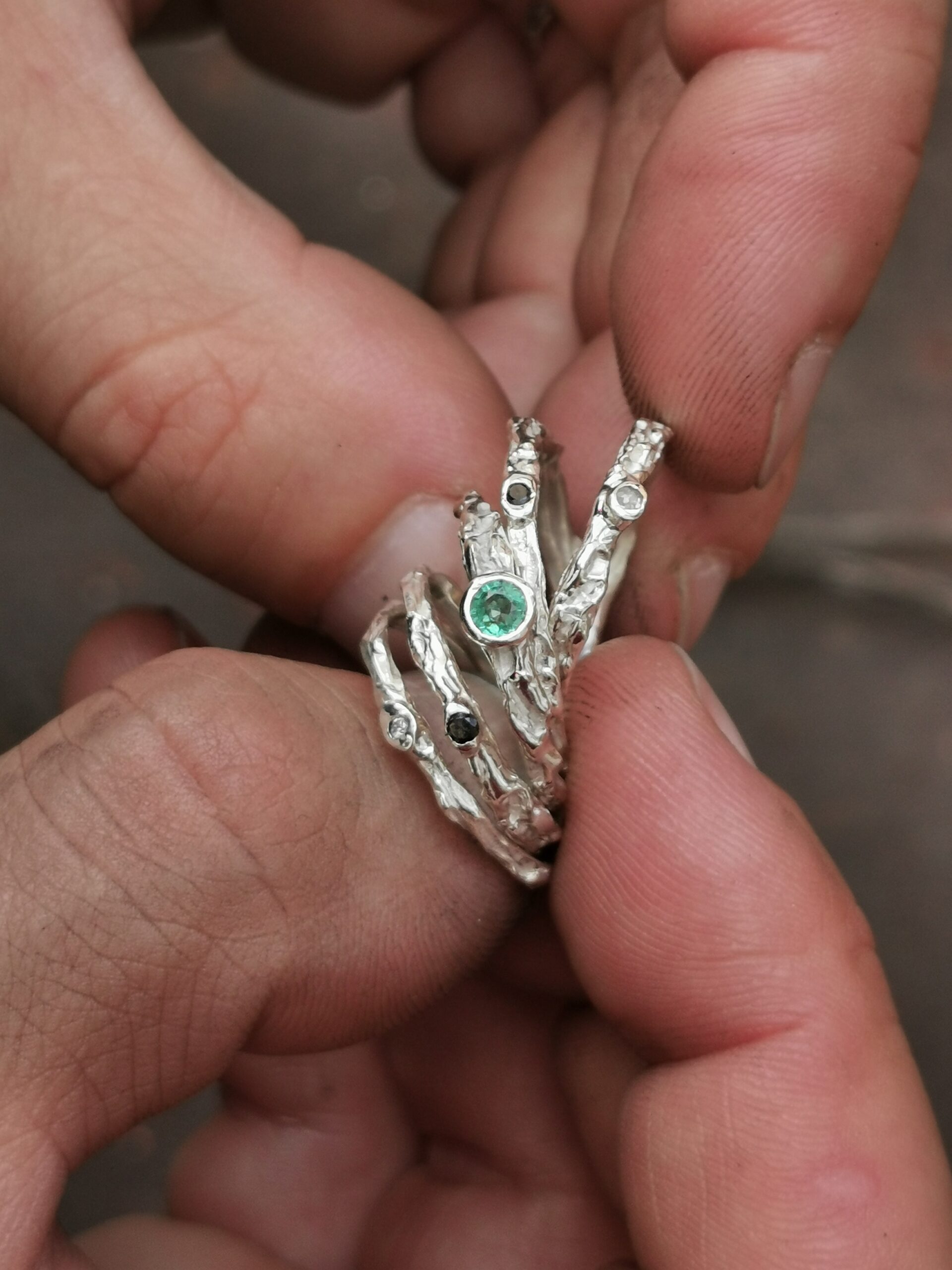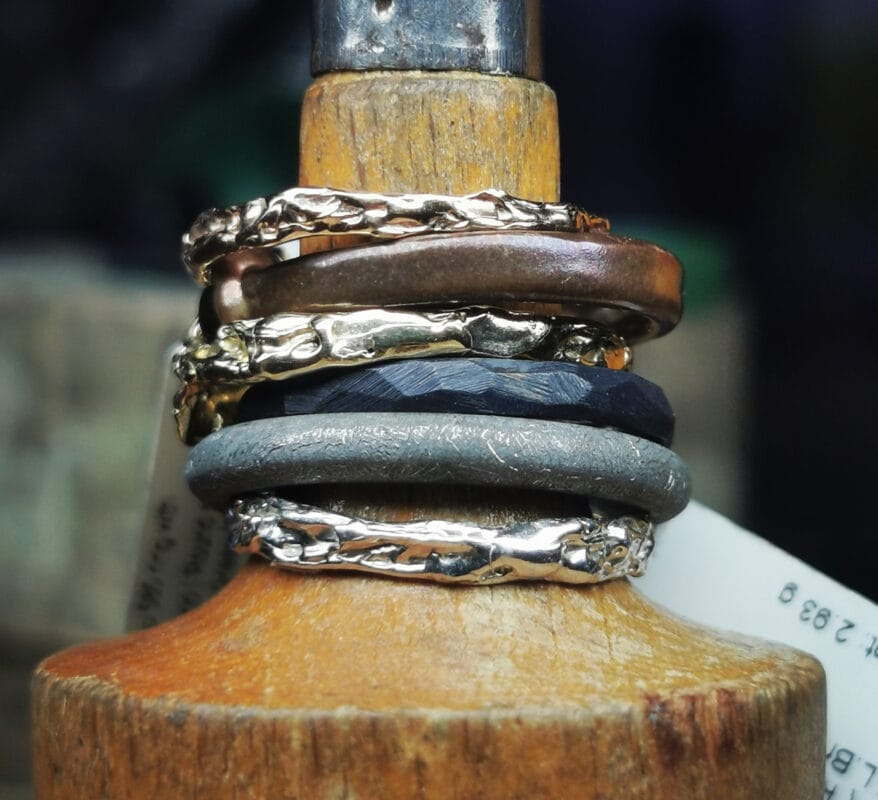
Blog
Engagement rings: how to choose the right one in a vast sea of stones?

Princess Diana, Jackie Kennedy, Victoria Beckham, Halle Berry, we are ordinary people, but did you know that they (like many mortals) chose high-quality engagement rings with precious stones? And there is one good reason for this.
Sparkling engagement rings are becoming increasingly popular not only for their unique style, but also for their durability – depending on the stone you choose. In other words, it’s important to know which gemstones will withstand “a lifetime together” and which ones, on the contrary, can easily chip with regular wear.
Based on longevity indicators, the medal goes to hard gemstones such as diamond, sapphire, ruby, alexandrite. These are the most common choices, despite the fact that engagement rings with aquamarine, opal, amethyst and quartz - semi-precious stone options - are gradually becoming more popular. A round of applause for you if you finally decided to make the right choice and feel confident.
Since non-precious stones are not as hard as, say, a diamond – there is nothing that can scratch a diamond except another diamond – engagement rings with semi-precious stone variants can scratch or chip more easily. You heard that right: gemstones are classified not only by purity and clarity, but also by hardness, strength and stability.
Because an engagement ring is worn every day as a symbol of eternal and indestructible love, it is very important that the stone withstands the test of time. To achieve this goal, the Mohs hardness scale is provided, which defines the hardness of gemstones and minerals from 1 (talc) to 10 (diamond). Choosing a score of 7.5/10 and higher is not a bad choice. Emerald. Durable – 7.5/10 on the Mohs hardness scale. However, those choosing an emerald engagement ring should be careful, as inclusions reaching the surface of the gemstone can increase the risk of it cracking. Therefore, when choosing an emerald as an engagement ring stone, you should only choose an extremely high-quality emerald with few inclusions. Aquamarine. Like emerald, it scores a 7.5/10 on the hardness scale. Since it is also not very hard, it is advisable to look for a clean gemstone. Also, lighter blues are less valuable than medium or dark blues. Topaz. It is 8/10 on the Mohs hardness scale. The most common color of topaz is blue, but it is also found naturally in colorless, pink, yellow, and peach shades. Alexandrite. A great choice for an engagement ring due to its 8.5/10 Mohs hardness. Its color changes slightly from greenish blue to purplish red depending on the lighting. Sapphire and ruby. The latter are the hardest gemstones besides diamonds, with a hardness of 9/10. Meanwhile, rich, medium tones (not too light and not too dark) are the most beautiful and valuable. Opal. A relatively soft gemstone, measuring 5.5-6.5 on the Mohs hardness scale. Even with extreme care, there is a real chance that the gemstone will wear out faster than the ones already mentioned. Pearl. Despite the romantic look of pearl engagement rings, they are unfortunately also too soft – only 2.5-4.5 on the Mohs hardness scale. Amethyst. This is the most expensive variety of quartz, a combination of silicon and oxygen – 7/10 on the Mohs hardness scale. As a result, amethyst will wear down over time and suffer minor scratches. Diamond. With a Mohs hardness rating of 10 out of 10, a diamond is literally eternal – likely to become a valuable heirloom for grandchildren.
The property of gemstones is their amazing beauty on a pedestal that is millions of years old.
Gemstones have existed since time immemorial - there is hardly anyone who has not "communicated" with them.
Take, for example, the Black Prince's Ruby and the Timur Ruby.
Both are set in the British Imperial Crown. As early as 1367, Prince Edward of England, who was known as the Black Prince, helped the King of Spain win a battle. The grateful king gave him the dark red, irregular gemstone. Legend has it that King Henry V wore the gemstone in the crown of his helmet and that it saved his life by fending off a blow in battle in 1415.
Modern history testifies to something else.
Most gemstones are minerals or rocks found in favorable locations in the Earth's crust or in gravel formed by specific weathering conditions. Of the beautifully crystallized minerals that seem useful for gemstones, only a few meet the standards—that is, are beautiful, durable, rare, and large enough to be cut into marketable stones. Uniqueness is also evidenced by the unique mining methods. For example, opal mining in Australia is characterized by the fact that the miner often chooses to live a Spartan life in a particularly barren and dry corner of the world. Most surprisingly, while the oldest known gemstone jewelry was made by Neanderthals 15,000 years ago, among the gemstones that have survived history are diamonds, which may have formed 4.4 million years ago.



